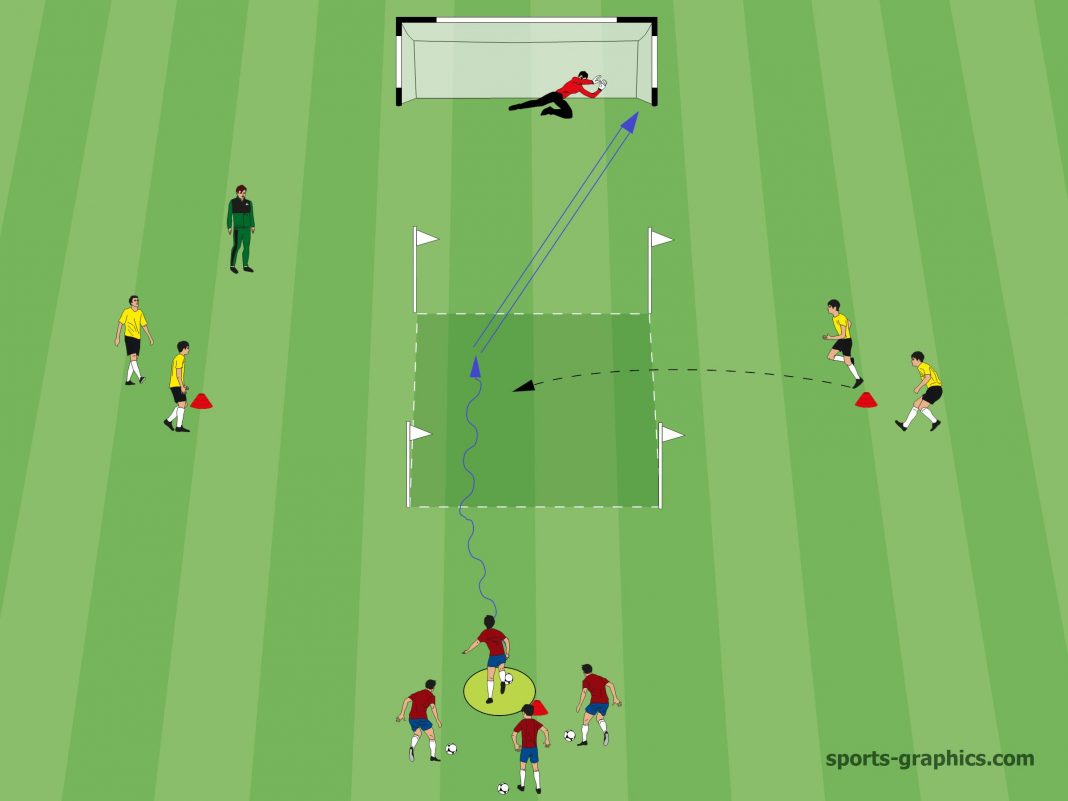The main property of all group 17 or halogen elements is that , they form salt when it reacts with any base.actually the meaning of halogen is salt forming. Here's the word you're looking for.
What Is The Meaning Of A Halogen, Halogen lamps are illuminated by bulbs that contain a halogen and an inert gas. Fluorine, chlorine, bromine, iodine, and astatine.

Sometimes, also, fluorine and cyanogen. What element is a halogen and a gas? When halogens react with metals, they produce a wide range of salts, such as sodium chloride. Any element of group 17, i.e.
Halogen is the name used to describe a group of elements on the periodic table that exhibit similar properties.
There are five halogens in the periodic table of chemical elements: Any of five related nonmetallic elements (fluorine or chlorine or bromine or iodine or astatine) that are all monovalent and readily form negative ions familiarity information: Which halogen has the strongest bond? Thus, halogens are considered as salt formers. Reactivity decreases down the group. What is the meaning of halogen in chemistry?
 Source: dashamlav.com
Source: dashamlav.com
Halogens are particularly useful elements in a wide variety. The periodic table of chemical elements contains five halogens: The halogens are fluorine, chlorine, bromine, iodine, astatine. Which halogen has the strongest bond? In the greek language, halo means salt and gen means formation which gives the meaning of salt formation.
 Source: thoughtco.com
Source: thoughtco.com
Here�s the word you�re looking for. A halogen is a chemical element that forms a salt when it reacts with metal. This is because group 7 elements react by gaining an electron. How does the reactivity of the halogens change going down group 7? Fluorine, chlorine, bromine, iodine, and astatine.

Some halogen acid are strong acid and they produce h+ ion rapidly in water. Halogens are a group of five related chemical elements found in the periodic table, namely, fluorine (f), chlorine (cl), bromine (br), iodine (i), and astatine (at). They are basically colourless gases at room temperature and some of them have pungent smell and are toxic(eg. Halogen as.
 Source: slideserve.com
Source: slideserve.com
Any element of group 17, i.e. Some halogen acid are strong acid and they produce h+ ion rapidly in water. Halogens are found in the environment only in the form of ions or compounds, because of their high reactivity. A halogen is a chemical element that forms a salt when it reacts with metal. What�s the plural form of halogen?
 Source: fletcherconrad59.blogspot.com
Source: fletcherconrad59.blogspot.com
A member of a group of five particular chemical elements: Variable noun [oft n n] a halogen is one of a group of chemical elements that includes chlorine, fluorine, and iodine. Especially, chlorine, bromine, and iodine; Any of five related nonmetallic elements (fluorine or chlorine or bromine or iodine or astatine) that are all monovalent and readily form negative ions.
 Source: pinterest.com
Source: pinterest.com
Thus, halogens are considered as salt formers. Any element of group 17, i.e. What element is a halogen and a gas? Especially, chlorine, bromine, and iodine; The periodic table of chemical elements contains five halogens:
 Source: chem.ucla.edu
Source: chem.ucla.edu
There are five halogens in the periodic table of chemical elements: Halogen lamps are illuminated by bulbs that contain a halogen and an inert gas. Any of the five elements fluorine, chlorine, bromine, iodine, and astatine that form part of group viia of the periodic table and exist in the free state normally as diatomic molecules. In their elemental form,.

Halogens are often used in lighting and heating devices. Fluorine , chlorine , bromine , iodine and astatine , which form a salt by direct union with a metal. The elements belonging to [17] group are called halogens. So called because a salt is formed in reactions involving these four elements. The word halogen is derived from a combination of.
 Source: toppr.com
Source: toppr.com
When halogens react with metals, they produce a wide range of salts, such as sodium chloride. Reactivity decreases down the group. Here�s the word you�re looking for. All halogens have 7 electrons in their outer shells. The halogens are fluorine, chlorine, bromine, iodine, astatine.
 Source: periodictable-0.blogspot.com
Source: periodictable-0.blogspot.com
What element is a halogen and a gas? • halogen (noun) the noun halogen has 1 sense: Halogen as a noun means any of a group of five chemically related nonmetallic elements including fluorine, chlorine, bromine, iodine, and astati. Both halogens are extremely reactive, which ensures that they form bonds with other elements easily. Fluorine, chlorine, bromine, iodine, and astatine.
 Source: britannica.com
Source: britannica.com
The halogens are bromine, chlorine, fluorine, iodine, and astatine. The periodic table of chemical elements contains five halogens: Halogen is the name used to describe a group of elements on the periodic table that exhibit similar properties. Which halogen has the strongest bond? Any of the five elements fluorine, chlorine, bromine, iodine, and astatine that form part of group viia.
 Source: chemistrypage.in
Source: chemistrypage.in
Halogen is the name used to describe a group of elements on the periodic table that exhibit similar properties. The noun halogen is defined as: • halogen (noun) the noun halogen has 1 sense: Halogen as a noun means any of a group of five chemically related nonmetallic elements including fluorine, chlorine, bromine, iodine, and astati. Halogen components mean chlorine,.
 Source: periodictableguide.com
Source: periodictableguide.com
See chlorine family, under chlorine. This is because group 7 elements react by gaining an electron. The periodic table of chemical elements contains five halogens: A halogen is a chemical element that forms a salt when it reacts with metal. In the greek language, halo means salt and gen means formation which gives the meaning of salt formation.

Variable noun [oft n n] a halogen is one of a group of chemical elements that includes chlorine, fluorine, and iodine. Halogens are particularly useful elements in a wide variety. The main property of all group 17 or halogen elements is that , they form salt when it reacts with any base.actually the meaning of halogen is salt forming. The.
 Source: thoughtco.com
Source: thoughtco.com
Halogen as a noun means any of a group of five chemically related nonmetallic elements including fluorine, chlorine, bromine, iodine, and astati. Halogens are found in the environment only in the form of ions or compounds, because of their high reactivity. The periodic table of chemical elements contains five halogens: All halogens have 7 electrons in their outer shells. Fluorine,.
 Source: breakingatom.com
In their elemental form, the halogens form diatomic molecules, x2, connected by single bonds. The elements belonging to [17] group are called halogens. Reactivity decreases down the group. How does the reactivity of the halogens change going down group 7? (entry 1 of 2) :
 Source: thomasnet.com
Source: thomasnet.com
Halogen lamps are illuminated by bulbs that contain a halogen and an inert gas. Here�s the word you�re looking for. Thus, halogens are considered as salt formers. They are basically colourless gases at room temperature and some of them have pungent smell and are toxic(eg. What�s the plural form of halogen?
 Source: youtube.com
Source: youtube.com
Halogen as a noun means any of a group of five chemically related nonmetallic elements including fluorine, chlorine, bromine, iodine, and astati. Halogen free pcb board means a printed circuit board without halogen components. The noun halogen is defined as: What is the plural of halogen? In the greek language, halo means salt and gen means formation which gives the.
 Source: byjus.com
Source: byjus.com
Any of five related nonmetallic elements (fluorine or chlorine or bromine or iodine or astatine) that are all monovalent and readily form negative ions familiarity information: Halogens by virtue of their valence electron count of 7 are elements that easily combine with metals such as sodium to form metallic salts, for example, sodium chloride (nacl), called halite and commonly used.
 Source: youtube.com
Source: youtube.com
A member of a group of five particular chemical elements: How does the reactivity of the halogens change going down group 7? What element is a halogen and a gas? They are basically colourless gases at room temperature and some of them have pungent smell and are toxic(eg. The periodic table of chemical elements contains five halogens:
 Source: chemizi.blogspot.com
Source: chemizi.blogspot.com
Halogens are found in the environment only in the form of ions or compounds, because of their high reactivity. How does the reactivity of the halogens change going down group 7? In the greek language, halo means salt and gen means formation which gives the meaning of salt formation. The noun halogen is defined as: Sometimes, also, fluorine and cyanogen.
 Source: thoughtco.com
Source: thoughtco.com
In combination with other nonmetals, the halogens form compounds through covalent bonding. See chlorine family, under chlorine. Any of five related nonmetallic elements (fluorine or chlorine or bromine or iodine or astatine) that are all monovalent and readily form negative ions familiarity information: This is because group 7 elements react by gaining an electron. When halogens react with metals, they.
 Source: byjus.com
Source: byjus.com
Halogen is the name used to describe a group of elements on the periodic table that exhibit similar properties. Fluorine, chlorine, bromine, iodine, and astatine. Halogen definition, any of the electronegative elements, fluorine, chlorine, iodine, bromine, and astatine, that form binary salts by direct union with metals. In combination with other nonmetals, the halogens form compounds through covalent bonding. Any.
 Source: utedzz.blogspot.com
Source: utedzz.blogspot.com
What is the meaning of halogen in chemistry? Halogens are found in the environment only in the form of ions or compounds, because of their high reactivity. Any of five related nonmetallic elements (fluorine or chlorine or bromine or iodine or astatine) that are all monovalent and readily form negative ions familiarity information: Here�s the word you�re looking for. Halogen.
![Chemistry Halogen [PPTX Powerpoint] Chemistry Halogen [PPTX Powerpoint]](https://i2.wp.com/static.fdocuments.in/img/1200x630/reader020/image/20191006/546da58ab4af9fe51b8b4f2e.png?t=1601758656) Source: fdocuments.in
Source: fdocuments.in
How does the reactivity of the halogens change going down group 7? What�s the plural form of halogen? In combination with other nonmetals, the halogens form compounds through covalent bonding. See chlorine family, under chlorine. Any of the five elements fluorine, chlorine, bromine, iodine, and astatine that form part of group viia of the periodic table and exist in the.








